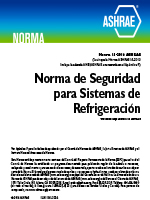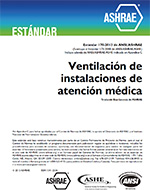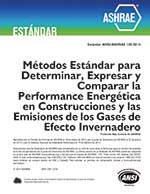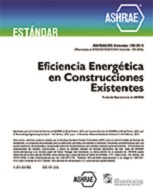Description
A paradigm shift is coming in how buildings interact with the utility grid. Dramatic drops in the price of PV panels has spurred the rise of the “prosumer”: buildings with a two-way grid interaction (Producer and Consumer). This, plus a renewed focus on energy efficiency, is driving the mainstream adoption of Net Zero Energy (NZE) buildings – a good thing, certainly. However, some important details remain unresolved. Much has been made of the “Duck Curve.” This refers to a situation in the near future in which the peak from distributed renewables comes much earlier in the day than the peak load on the grid. If not addressed, in California the grid in 2020 may have to ramp up 13,000 MW in only two hours!
As more of these buildings of the future come online it is increasingly critical to make sure that the buildings are good grid citizens and are solving more problems than they create. Design strategies focusing on load reduction and passive strategies can help. Emerging technologies like automated demand response and energy storage will play a part too. But how can we ensure that a proposed building is going to be a good grid citizen?
We need new metrics to define grid citizenship at the building level. During ASHRAE Winter 2016 many important conversations were started about this topic, and this will continue and enhance those conversations. This paper propososes a framework methodology for quantitative Building Grid Asset Score. This metric will rate how a building’s design and operation influences its load shape and how of grid-responsive technological features of the building (e.g. demand response) impacts the grid.
This Building Grid Asset Score will allow comparisons of buildings and will give policymakers and other stakeholders a tool to encourage the buildings of the future to contribute to, not detract from, the safety, affordability, reliability and long-term health of the utility grid.
Citation: 2017 Winter Conference, Las Vegas, NV, Conference Papers
Product Details
- Published:
- 2017
- Number of Pages:
- 8
- Units of Measure:
- Dual
- File Size:
- 1 file , 910 KB
- Product Code(s):
- D-LV-17-C064




